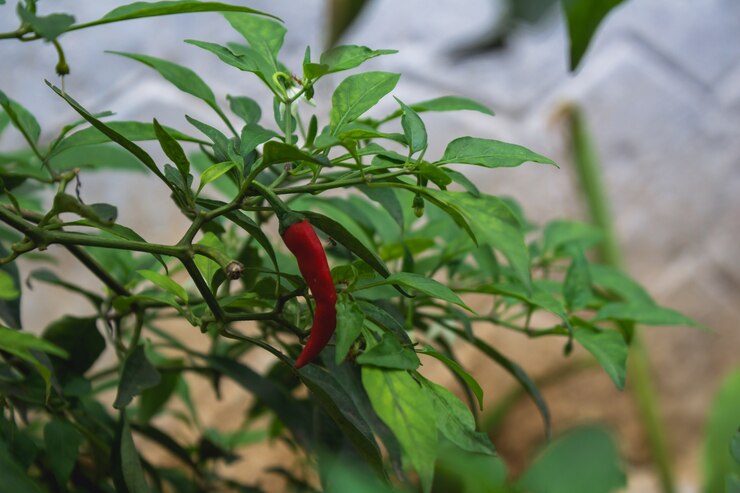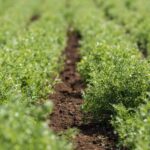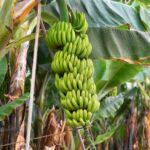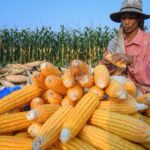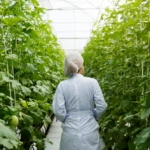Chilies, also known as peppers or hot peppers, are a popular and versatile crop that can add spice and flavor to South African dishes. Whether you’re a novice or experienced gardener, understanding the key factors for successful chili cultivation is essential. In this article, we will explore 10 important things you should know before growing chilies in South Africa.
- Climate and Season: Chilies thrive in warm and sunny climates. In South Africa, they are typically grown during the spring and summer seasons when temperatures range between 20°C and 30°C (68°F and 86°F). Ensure they receive at least 6-8 hours of direct sunlight daily.
- Soil Preparation: Chilies prefer well-draining soil with a pH level between 6 and 7. Amend the soil with organic matter, such as compost or well-rotted manure, to improve fertility and drainage. Avoid waterlogged or compacted soil.
- Variety Selection: Choose chili varieties that are well-suited to South African growing conditions. Some popular options include Cayenne, Jalapeno, Habanero, and Piri Piri. Consider the heat level, fruit size, flavor, and intended use when selecting varieties.
- Seed Sowing and Transplanting: Chilies can be started from seeds indoors or sown directly into the garden. Start seeds indoors about 8-10 weeks before the last frost date, and transplant seedlings when they have developed a few sets of true leaves.
- Watering and Irrigation: Chilies require regular watering to keep the soil consistently moist. Avoid overwatering, as it can lead to root rot. Use mulch to conserve moisture and suppress weed growth. Irrigate deeply and allow the soil to dry slightly between waterings.
- Fertilization: Chilies are heavy feeders and benefit from regular fertilization. Incorporate a balanced organic fertilizer into the soil before planting. Additionally, side-dress the plants with a nitrogen-rich fertilizer every few weeks during the growing season.
- Pest and Disease Management: Common pests that affect chilies include aphids, whiteflies, and thrips. Implement integrated pest management strategies, such as regular inspection, organic insecticides, and beneficial insects, to control pests. Watch for signs of diseases like powdery mildew and act promptly if detected.
- Pruning and Support: Some chili varieties benefit from pruning to promote better air circulation and fruit production. Remove lower branches and any damaged or diseased foliage. Stake or provide support to plants to prevent them from toppling over when laden with fruit.
- Pollination: Chilies are generally self-pollinating, but they can benefit from wind and pollinator activity. Encourage bees and other pollinators to visit your garden by planting companion flowers nearby.
- Harvesting and Storage: Chilies can be harvested when they reach the desired size and color. Green chilies are typically harvested before they fully ripen, while mature chilies are harvested when they turn red, yellow, or orange. Use pruners or scissors to cut the fruits from the plant. Store harvested chilies in a cool, dry place, or consider drying or preserving them for future use.
Conclusion: Growing chilies in South Africa can be a rewarding and flavorful experience with proper knowledge and care. Consider the climate, soil preparation, variety selection, watering, fertilization, pest management, pruning, pollination, and harvesting techniques. By providing optimal growing conditions and attentive care, you can cultivate healthy chili plants and enjoy a bountiful harvest of these spicy delights. Get ready to add a kick of heat to your culinary creations!
Image by jeswin on Freepik


